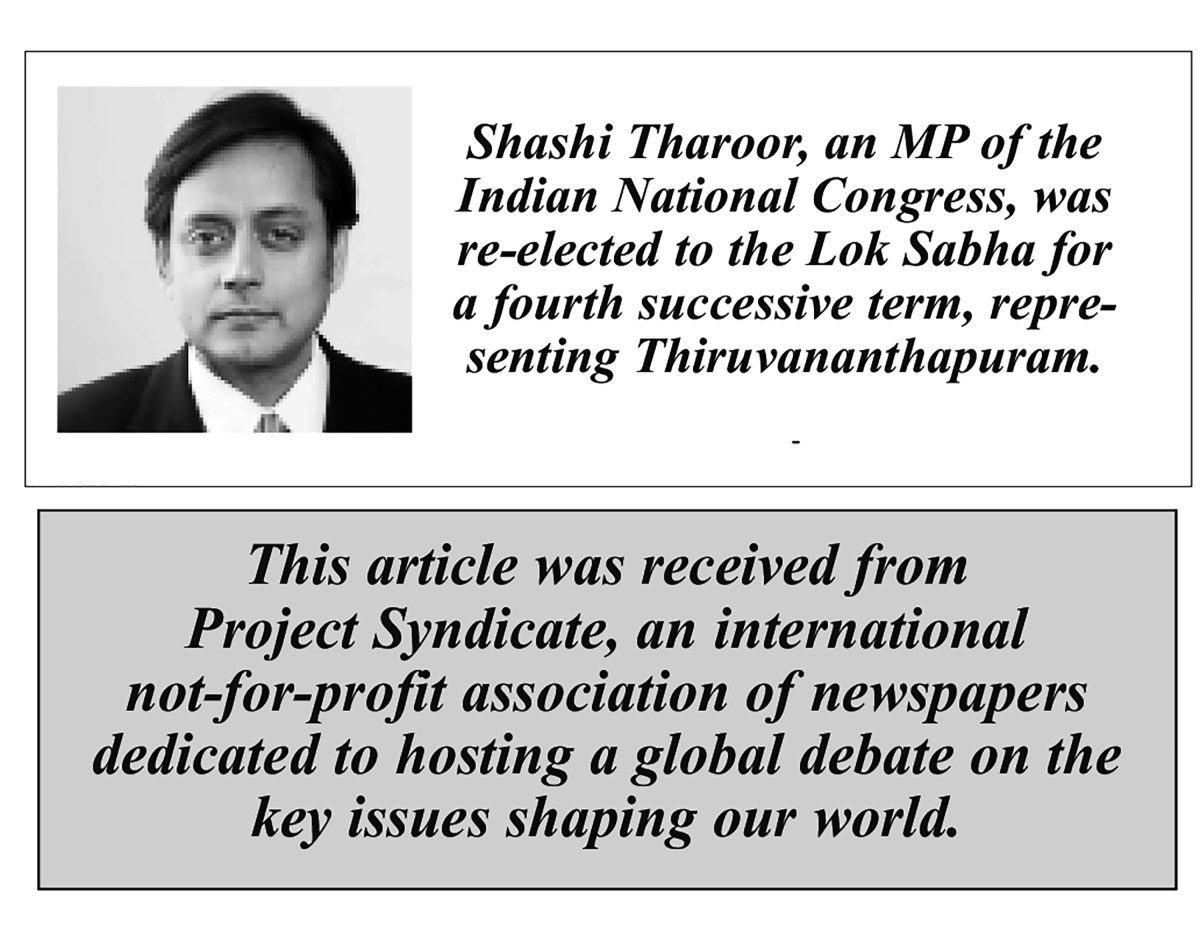NEW DELHI – In June 2020, incursions by Chinese People’s Liberation Army (PLA) troops into the fraught borderlands of India’s Ladakh region triggered bloody clashes that killed 20 Indian soldiers, plunged bilateral relations to their lowest point in decades, and led to a prolonged military standoff. Now, China and India have reached a truce, though many in India would prefer to hold their applause until they see how it is implemented.
Since the 2020 violence, India has made it clear that bilateral relations would remain frozen until China took steps to restore the status quo ante at the border. After all, China’s unprovoked encroachments across the Line of Actual Control (LAC) in eastern Ladakh are to blame for disturbing the peace in the first place.
To show it meant business, India slowed down approvals of Chinese investments; tightened visa approvals for Chinese nationals; and canceled direct flights between the two countries. Moreover, India toughened its stance on Chinese territorial claims in the Pacific, and made pointed political gestures that were bound to displease China, like responding warmly to the Taiwanese president’s congratulatory message after Modi’s re-election (China opposes all official interactions between Taiwanese authorities and countries with which it maintains diplomatic relations).
While the recent truce suggests that China has finally gotten the message, it is difficult to shake the impression that India was the more anxious of the two parties to reach an agreement. In fact, India’s economic establishment appears largely convinced that, far from pursuing a strategy of decoupling – or at least “de-risking” – vis-à-vis China, India should be using Chinese capital to fill its own investment gaps.
Given that bilateral trade has reached its highest-ever levels, despite the political tensions, it comes as no surprise that India’s business community has reportedly been pressing the government to conclude an agreement that would facilitate economic engagement. In July, the government’s chief economic adviser openly advocated a strategy that would increase Chinese investments in India and deepen Indian integration into Chinese supply chains.
Over the last few months, a number of straws in the wind indicated that an agreement to end the Ladakh standoff was forthcoming. On September 12, Indian Foreign Minister S. Jaishankar remarked that about 75% of the “disengagement” problems with China along the LAC in eastern Ladakh had been sorted out. Later that day, Ajit Doval, India’s national security adviser, met with Wang Yi, the influential director of the Communist Party of China’s foreign affairs commission, in St. Petersburg, with indications of an agreement to “work with urgency” to “realize complete disengagement in the remaining areas.”
Conciliatory commentaries and statements by China’s new ambassador to India in the Indian media reinforced the impression that both sides were attempting to lay the groundwork for reconciliation. And a deal did soon emerge, allowing both China and India to resume patrols along the frontier.
But significant areas of concern remain. For starters, as the political commentator Brahma Chellaney observed, when Indian Prime Minister Narendra Modi and Chinese President Xi Jinping met on the sidelines of the BRICS Summit in Kazan, just days after the deal was announced, their respective ministries produced very different statements. Whereas India described the accord as a step toward a “multipolar Asia and a multipolar world,” China referred only to a “multipolar world.” The implication was subtle but clear: Asia belongs to China.
More broadly, China’s actions along the LAC have signaled a clear desire to keep India off balance by taking steps to shift the border in ways more favorable to its own interests. This mirrors China’s assertive approach to advancing its territorial ambitions elsewhere along its shared border with India, and in the South China Sea.
It is worth remembering how the last standoff between India and China, focused on the Doklam plateau in Bhutan, ended. India does not claim Doklam, but it does support Bhutan’s claim, which China disputes. Moreover, a major Indian highway runs below the plateau, connecting India’s northeastern states to the rest of the country. So, when China deployed troops to build a Chinese highway in Doklam, India sent troops to stop the project.
In that case, the two sides took just a few months to reach an agreement, which looked much like the recent Ladakh deal. Since then, however, the Chinese outflanked India by building a road elsewhere on the Doklam plateau to achieve the same result. The PLA now overlooks a vital Indian highway.
China’s conduct follows a clear pattern: create new facts on the ground, deploy forces to positions from which they can intimidate (and, potentially, attack) India, and wear India down with protracted diplomacy. In the meantime, encourage India to increase its dependence on Chinese imports and dangle the investment carrot before Indian business leaders.
Yet the promised economic benefits of the two sides’ recent rapprochement are unlikely to materialize. The Chinese have not lifted a finger to address India’s huge bilateral trade deficit – which soared to $101 billion in 2022, from $70 billion in 2021 – or to lower the barriers Indian companies face when trying to access the Chinese market.
Moreover, all indications point to Chinese investment in low-value-added industries, rather than sectors involving technology transfer, even as Chinese companies pursue acquisitions in sensitive sectors in India. There are also massive opportunity costs: greater economic integration with China would surely make India less attractive to global companies seeking to reduce their exposure to the People’s Republic.
Add to that China’s long track record of exporting its way out of economic trouble and weaponizing other countries’ economic vulnerabilities, and it seems clear that India should proceed with caution. Until China credibly demonstrates its good intentions, the truce in Ladakh warrants little celebration.
Copyright: Project Syndicate, 2024.









